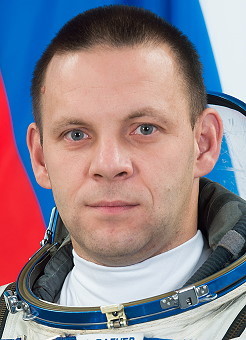30.10.2020
The term of the International Space Station’s operation is 20 years, the crew member recalled

Ivan Vagner
The crack found aboard the International Space Station (ISS) and the air leak it caused may be evidence of the orbital outpost’s natural wear and tear after 20 years of operation, cosmonaut Ivan Vagner said at a post-flight press conference on Wednesday.
"Twenty years are actually an absolute record for all space stations now. And we see now that something is changing and something requires greater [attention]. Again, if we go back to the leak, the hull is already beginning to give cracks and scratches somewhere, that is, we see the limits [of the ISS structure’s service life]," the cosmonaut said.
The cosmonaut said, however, Russian space agency Roscosmos specialists had the understanding that the term of the space station’s operation could be extended.
The experience of operating the ISS will allow forecasting the service life of future space stations and determine the nature of the materials they will be made of, the Russian cosmonaut said.
A source told TASS in August that the space station’s Russian-American crew was working on tracing an air leak aboard the orbital outpost. Later, Russia’s State Space Corporation Roscosmos confirmed this information.
The ISS crew reported to Russia’s Flight Control Center on the morning of October 15 that the cosmonauts had found the possible air leak spot in the inter-section compartment of the Zvezda module with the help of a tea bag. As the cosmonauts said, the air was possibly leaking through a fracture. The crack was no more than 4 cm wide and posed no threat to the space station’s safety, Roscosmos specified.
Cosmonaut Anatoly Ivanishin said at a post-flight press conference on Wednesday the air leak spot looked more like a curvilinear scratch 2-3 cm long.
The air leak spot has now been sealed with temporary means. Meanwhile, a source in the space industry told TASS that the air leak would be fully eliminated after the Soyuz MS-16 spacecraft’s landing. As the source explained, this measure was required to make some measurements with the closed hatches.
Quelle: TASS
